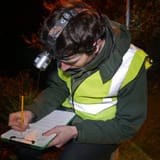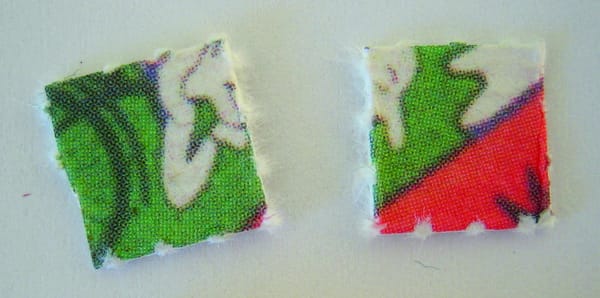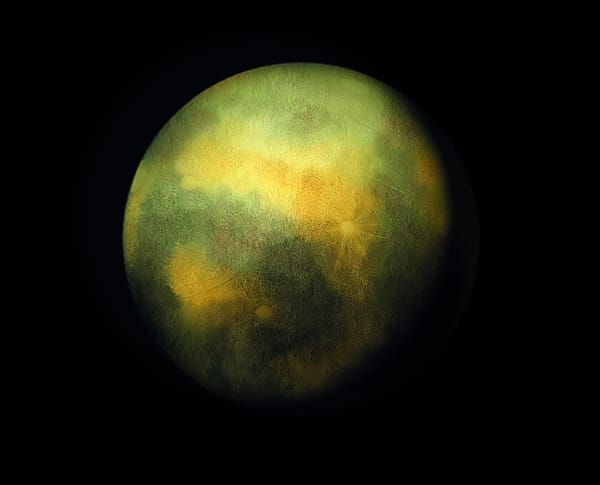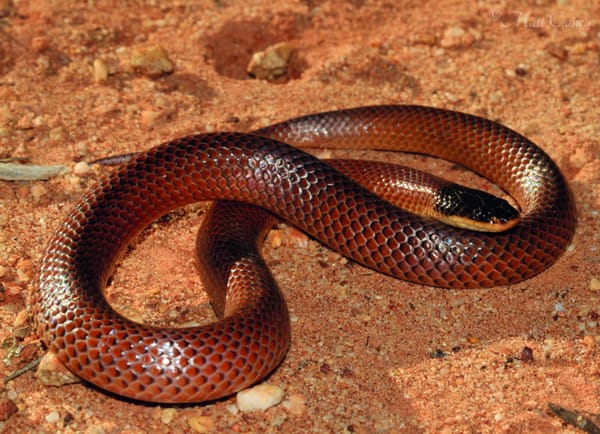Connect with conservation – Detection dogs
How detection dogs can aid in our conservation quest.

Most people are aware of the amazing ability dogs have to sniff out targeted items or substances they have been trained for. Although more commonly known as ‘sniffer dogs,’ the correct term for such trained canines is detection dogs. They are frequently used at airports and other international gateways to detect illegal narcotics, but may also be used to detect explosives and other contraband that we ourselves are unable to detect. Recently, however, there has been a growing use of such well-trained dogs to detect endangered species which have a low detection probability. This has worked well in the case of certain amphibian species and can easily be replicated across the board for other such taxa. Despite not being visible to the naked eye they are still present, and specially trained detection dogs have been proving this!
“Detection dogs can be used to look for explosives, but they can also be used in conservation”
A team of researchers at the North-West University’s African Amphibian Conservation Research Group have been investigating the potential use of detection dogs to find fossorial frog species. Fossorial species pose a number of problems in terms of conservation particularly when considering their low detection rates as they spend a majority of time buried underground, especially if they live in a hostile environment. Using detection dogs was successfully trialled recently to find members of the giant bullfrog – a species which is locally threatened. After their success they hope to train detection dogs to find additional species and even to detect traces of diseases, which so far have been promising!
There are examples closer to home that highlight the versatility of detection dogs, particularly for an infamous amphibian species: the great crested newt is loathed by developers all over the country due to its legal protection and the work required to make sure they are moved out of harm’s way when land developments takes place. Unfortunately, when pond or terrestrial habitats containing newts are levelled, not all of the individuals can be removed. That is where detection dogs come in! Recently, a cocker spaniel was used in Norwich to find newts still lurking in potential cracks and crevices before the construction of an important bypass. This effort proved quite successful and there are hopes that similar work will occur to help clear the way for the proposed HS2 route. Man’s best friend has yet another practical application, one that will hopefully expand to other species, soon to aid in conservation efforts globally!









